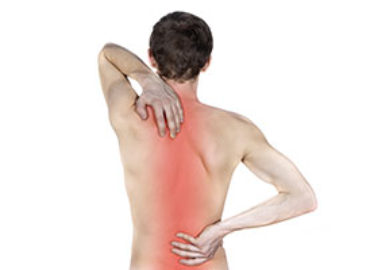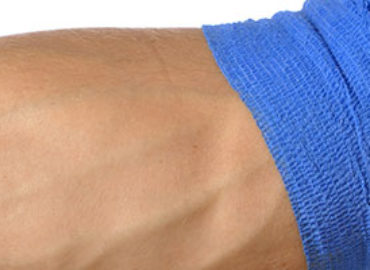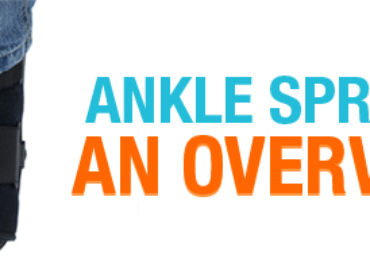The Link Between Posture and Upper Crossed Syndrome
If muscles don’t have the right balance to provide sufficient support to your spine, the result could be some degree of back or neck pain. When pain of this nature is caused by overlapping overactive and under-active muscle groups in the neck, shoulders, and chest, it’s a condition known as upper crossed syndrome that’s characterized by weak, strained, or tight muscles. A common contributing factor is the posture you may have as you sit and stand throughout your day.
What Causes Upper Crossed Syndrome?
Upper crossed syndrome is so-named because of the “X” pattern that occurs when under -and over-developed muscles overlap in the upper back, shoulders, and neck contribute to pain. If these muscles are stressed or weak, muscles in the front of the neck and lower shoulders are also affected.
Hunching forward to view a computer screen or ride a bike, sleeping in awkward positions that throw off head-spine alignment, and postures where shoulders are rounded or elevated are among the common causes of weakened muscle groups in the upper spine. Having an increased cervical lordosis (inward curvature of the cervical spine) or an increased outward curvature in the same area (thoracic kyphosis) can also contribute to upper crossed syndrome.
Symptoms May Be Delayed
How Can You Tell If You Have Upper Crossed Syndrome?
Symptoms associated with weakened muscles in the upper back and shoulders are sometimes similar to what’s experienced with other types of neck pain. It’s usually a combination of symptoms that suggests that upper crossed syndrome may be the source of any discomfort felt. Some of these symptoms may include:
- Strain in the back of the neck
- Weakness in the front of the neck
- Chest tightness or pain
- Soreness in shoulder blades
- Jaw pain
- Fatigue
What Are Treatment Options?
Exercise and making changes to posture are the most common ways to treat upper crossed syndrome. Do a gentle stretch prior to exercise to warm-up muscles. Exercise to strengthen upper back and shoulder muscles is usually a combination of lying, standing, and sitting exercises to allow all affected muscle groups to be worked equally. If you prefer a gentler form of exercise that targets the same area, consider yoga. Some yoga poses also help with posture.
Stretching exercises that target weaker muscle groups in the upper back, shoulder, and neck area can minimize your risk of developing upper crossed syndrome. Pay attention to how long you sit in the same position and avoid positions that can affect spinal alignment. Referred to as “tech neck,” the habit of repeatedly bending your neck to use or view various devices should be avoided as much as possible. You may be referred to an orthopedic specialist for persistent pain in this area that doesn’t respond to common remedies.





